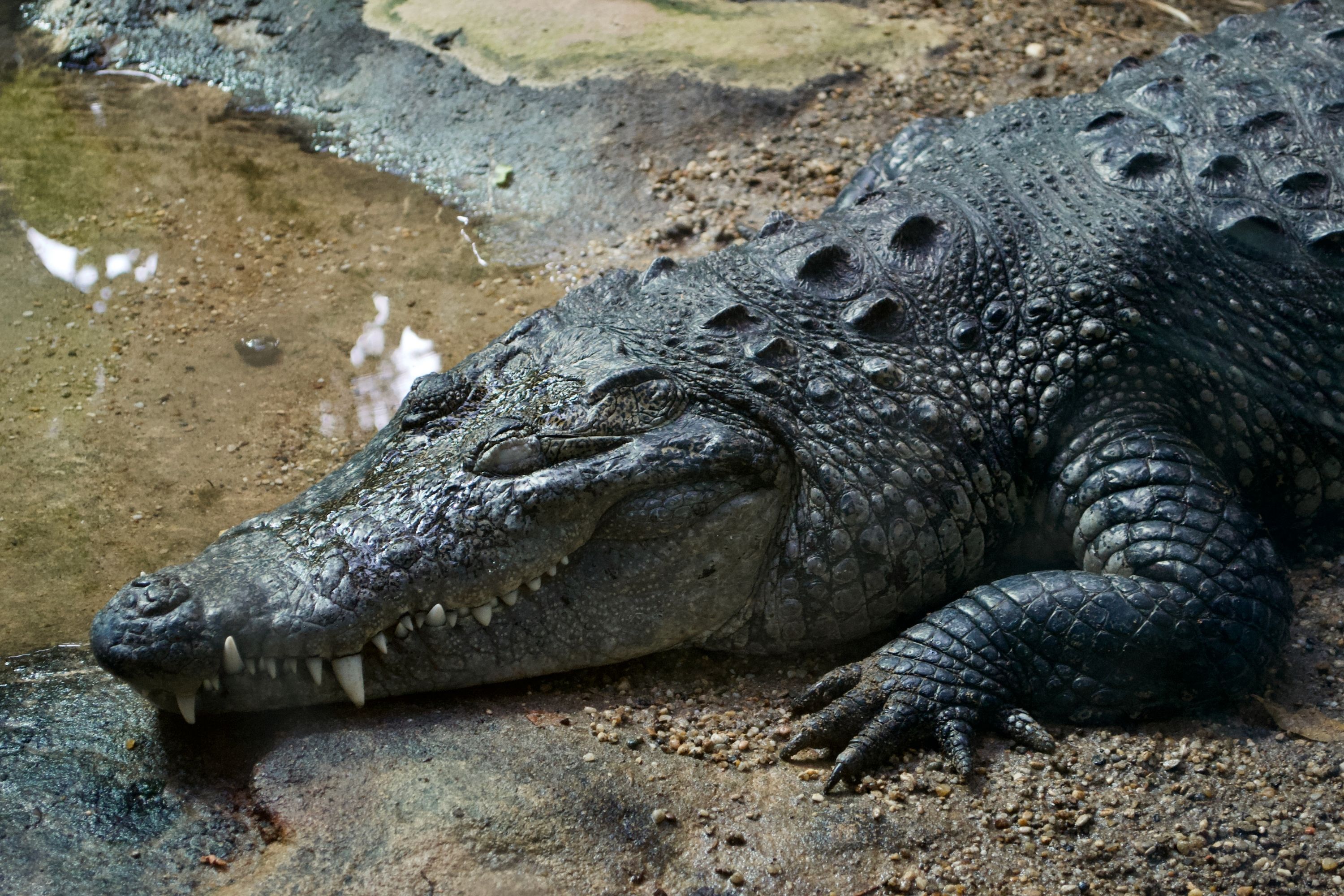Morelet's crocodile
(Crocodylus moreletii)

Description
Morelet's crocodile (Crocodylus moreletii), also known as the Mexican crocodile or Belize crocodile, is a modest-sized crocodilian found only in fresh waters of the Atlantic regions of Mexico, Belize and Guatemala. It usually grows to about 3 metres (10 ft) in length. It is a Least Concern species. The species has a fossil record in Guatemala. Morelet's crocodile was first described in 1850 in Mexico by the French naturalist Pierre Marie Arthur Morelet. The species was subsequently named after him. It was long confused with the American and Cuban crocodiles because of similar characteristics and an ambiguous type locality. It was not generally accepted as a separate species until the 1920s. The genus Crocodylus likely originated in Africa and radiated outwards towards Southeast Asia and the Americas, although an Australia/Asia origin has also been considered. Phylogenetic evidence supports Crocodylus diverging from its closest recent relative, the extinct Voay of Madagascar, around 25 million years ago, near the Oligocene/Miocene boundary. Morelet's crocodile can be found in freshwater habitats in Central America and along the Gulf of Mexico stretching through Belize, Guatemala, and to Mexico. The Belizean pine forests are an example of the type of ecoregion in which they occur. In their freshwater habitats, they prefer isolated areas that are secluded. This species of crocodile can mainly be found in freshwater swamps and marshes which are located inland, and in large rivers and lakes. Both of these habitats are forested to help add cover. The Morelet can also be found along the coast in brackish waters and the grassy savannas on the Yucatán Peninsula. These crocodiles become much more distributed during the rainy seasons when flooding occurs and it is easier for them to move elsewhere. Juvenile crocodiles live in very dense cover to protect them from other predators that might be in the area and will remain there until they become older and able to fend for themselves. Adult crocodiles are known to dig out burrows during dry seasons in their area. The range of this crocodile can overlap with the American crocodile, which can sometimes lead to them being confused with one another.
Taxonomic tree:







